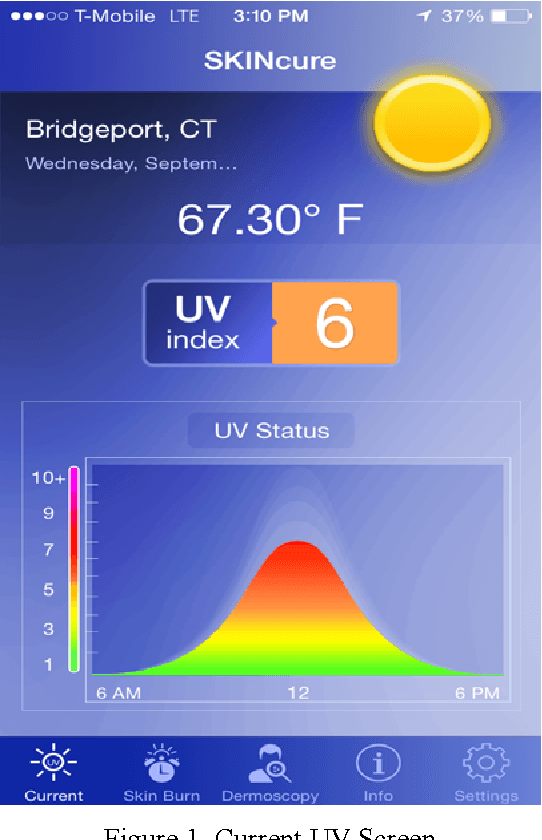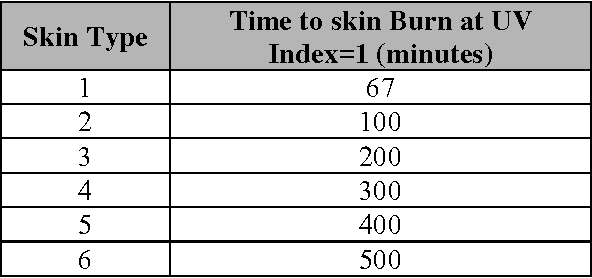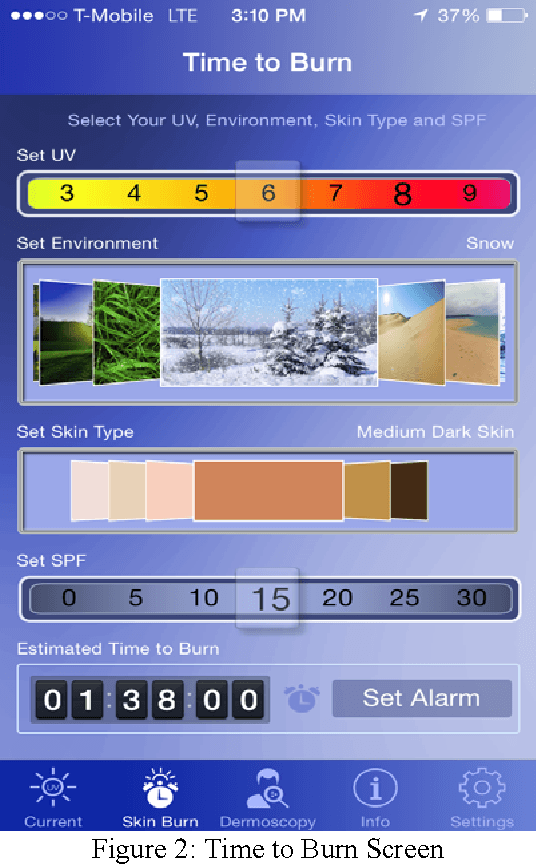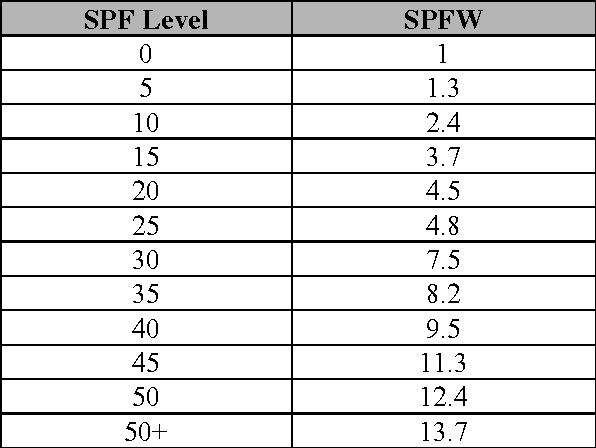Miad Faezipour
MIST: Medical Image Segmentation Transformer with Convolutional Attention Mixing (CAM) Decoder
Oct 30, 2023Abstract:One of the common and promising deep learning approaches used for medical image segmentation is transformers, as they can capture long-range dependencies among the pixels by utilizing self-attention. Despite being successful in medical image segmentation, transformers face limitations in capturing local contexts of pixels in multimodal dimensions. We propose a Medical Image Segmentation Transformer (MIST) incorporating a novel Convolutional Attention Mixing (CAM) decoder to address this issue. MIST has two parts: a pre-trained multi-axis vision transformer (MaxViT) is used as an encoder, and the encoded feature representation is passed through the CAM decoder for segmenting the images. In the CAM decoder, an attention-mixer combining multi-head self-attention, spatial attention, and squeeze and excitation attention modules is introduced to capture long-range dependencies in all spatial dimensions. Moreover, to enhance spatial information gain, deep and shallow convolutions are used for feature extraction and receptive field expansion, respectively. The integration of low-level and high-level features from different network stages is enabled by skip connections, allowing MIST to suppress unnecessary information. The experiments show that our MIST transformer with CAM decoder outperforms the state-of-the-art models specifically designed for medical image segmentation on the ACDC and Synapse datasets. Our results also demonstrate that adding the CAM decoder with a hierarchical transformer improves segmentation performance significantly. Our model with data and code is publicly available on GitHub.
Skincure: An Innovative Smart Phone-Based Application To Assist In Melanoma Early Detection And Prevention
Jan 06, 2015



Abstract:Melanoma spreads through metastasis, and therefore it has been proven to be very fatal. Statistical evidence has revealed that the majority of deaths resulting from skin cancer are as a result of melanoma. Further investigations have shown that the survival rates in patients depend on the stage of the infection; early detection and intervention of melanoma implicates higher chances of cure. Clinical diagnosis and prognosis of melanoma is challenging since the processes are prone to misdiagnosis and inaccuracies due to doctors subjectivity. This paper proposes an innovative and fully functional smart-phone based application to assist in melanoma early detection and prevention. The application has two major components; the first component is a real-time alert to help users prevent skin burn caused by sunlight; a novel equation to compute the time for skin to burn is thereby introduced. The second component is an automated image analysis module which contains image acquisition, hair detection and exclusion, lesion segmentation, feature extraction, and classification. The proposed system exploits PH2 Dermoscopy image database from Pedro Hispano Hospital for development and testing purposes. The image database contains a total of 200 dermoscopy images of lesions, including normal, atypical, and melanoma cases. The experimental results show that the proposed system is efficient, achieving classification of the normal, atypical and melanoma images with accuracy of 96.3%, 95.7% and 97.5%, respectively.
 Add to Chrome
Add to Chrome Add to Firefox
Add to Firefox Add to Edge
Add to Edge